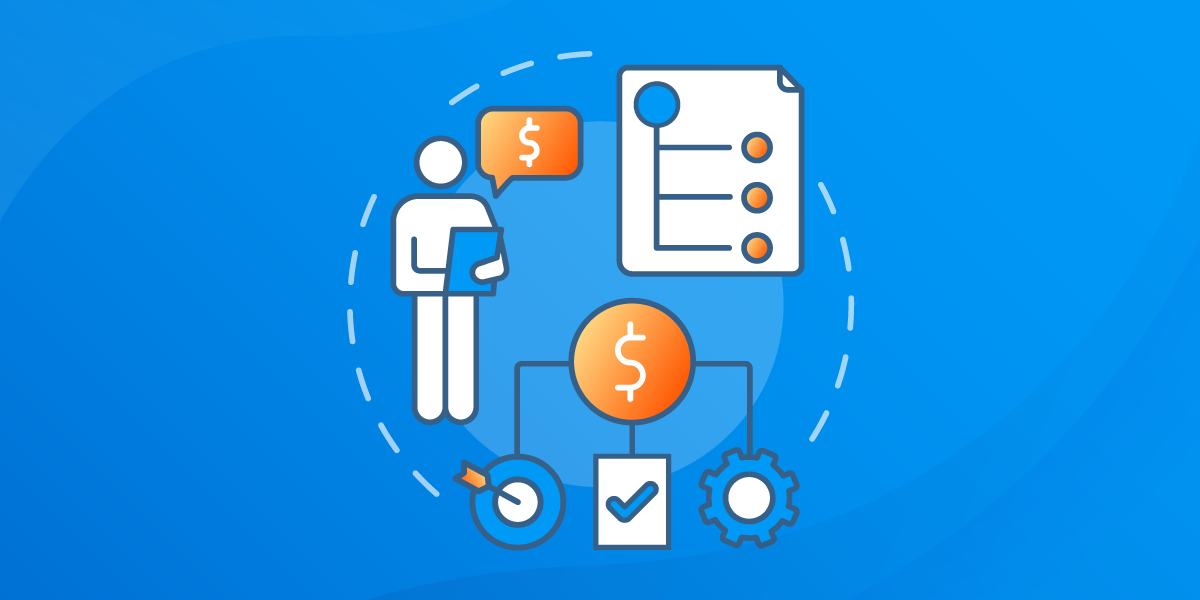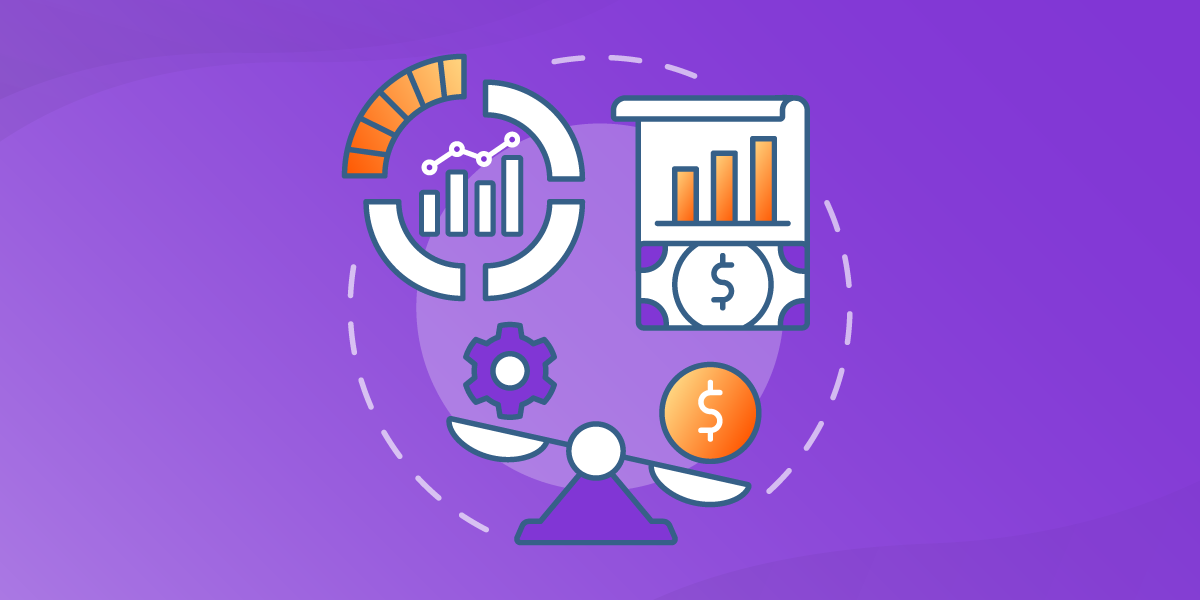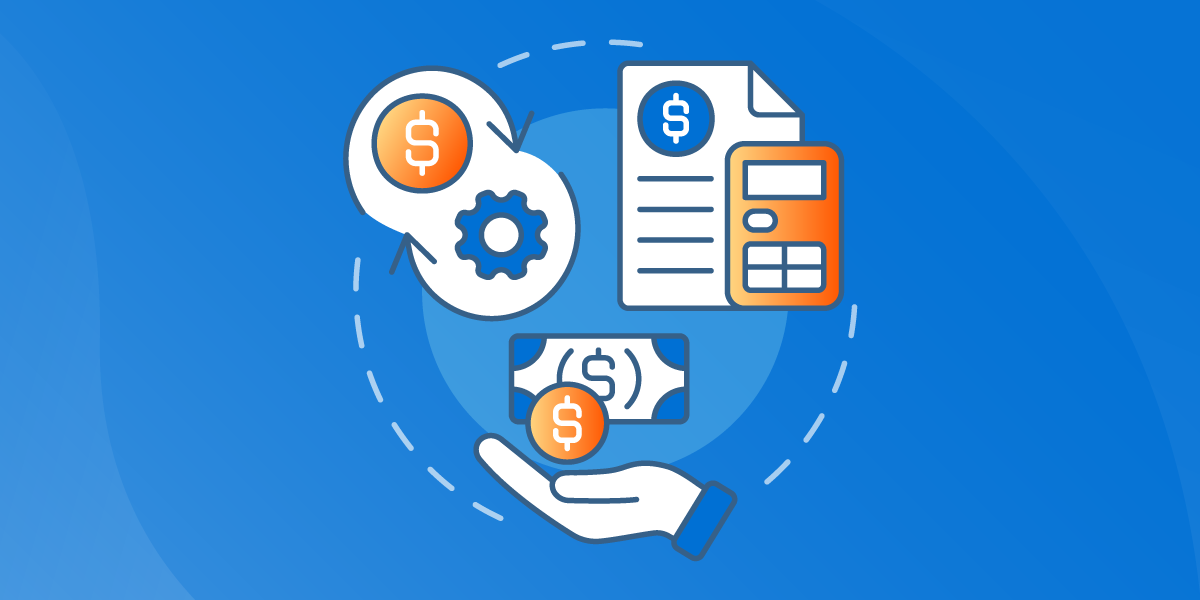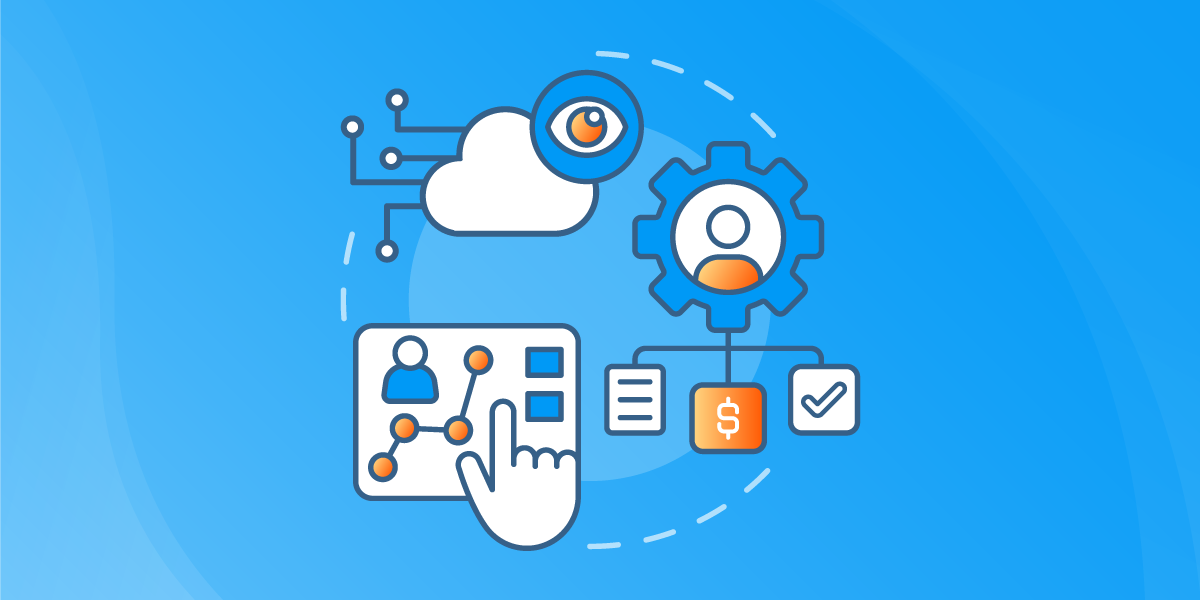
Monetization
Monetization is the process of selling your product or service to users based on relevant metrics. When it comes to technical products, this often involves usage-based billing meters. Whether it’s by setting quotas for usage or taking payment after the fact, monetizing your product is a way to maximize your ROI.
Easily Monetize Your APIs With Moesif
SaaS Revenue Model

A SaaS revenue model involves regular, ongoing payments over a period of time in exchange for the use of the application or service.
What Is API Monetization
API monetization is how businesses generate revenue from their Application Programming Interfaces (APIs). API monetization aligns your business needs with your customers’ wants and is an advanced part of an API management plan, fueling growth and digital transformation in your enterprise. APIs allow developers to access and integrate your products into their applications, so it makes sense that charging for usage is the most straightforward way for you to make money. However, API monetization isn't just about generating revenue via your API, it's also about understanding your users’ needs, wants, and behaviors. Learn More
API Monetization Models
Several pricing models exist for monetization, from Pay As You Go (PAYG), through interval-based billing, to batch purchases of API calls consumed over time. To determine what model to adopt, look at your current API logs to understand what your customers’ experiences and needs might be. Consider the value that your API brings to your customers. Learn More
App Monetization Strategies
Great monetization strategies are flexible based on the company's goals, which are constantly changing. They should also be able to develop based on market and users. Software vendors may choose to monetize their products in a variety of ways such as subscriptions, metered billing, Pay-As-You-Go (PAYG), and more. Selecting the monetization product that fits your business starts with understanding how your customers use your service. Learn More
SaaS Pricing Models

From Pay As You GO (PAYG) to tiered (quota based) pricing, find the subscription model that fits your customer base. Whether it's pre-paid or post-paid billing, getting started with usage based billing is an effective way to generate revenue.
SaaS Pricing Models
As companies grow, they look for ways to differentiate themselves from competitors. The most effective way to do this is by maximizing the value that their SaaS products bring to their customers. Part of the differentiation process is deciding on a pricing model that fits both potential customers and also the product. Usage-based or consumption-based pricing has become an industry standard for SaaS companies, as these models allow for businesses to drive new revenue, while also giving users the power to only pay for what they need. Learn More
Tiered Pricing Models
Tiered pricing is a traditional pricing method in which a SaaS business offers a price per unit, sold at a specific price. Sometimes confused with volume pricing, a tiered pricing model generally has 3 price points at which services are offered: basic, standard, and premium. This allows more flexibility for users who may not need certain features or services of your product, but guarantees a predictable, minimum spend. Creating a tiered pricing model requires businesses to decide on a value metric, quantitative, usage, etc, and cost for each tier. Learn More
Subscription-Revenue Models
Figuring out how to price and bill for SaaS products has become a process that requires data and insight into your current customers. Older, traditional monetization models like cost-based pricing have become obsolete. Many software companies are implementing subscription-based pricing models that focus on adding value for their customers, and increasing recurring revenue for themselves. With a subscription business model, customers are charged access fees at regular intervals, allowing for a steady stream of cash flow. The difference with PAYG is pronounced, where customers pay an agreed-upon cost for the service to gain access and use it at that particular time and for a particular amount. Figuring out the right subscription model depends on your product, value metrics, and user behavior. Learn More
SaaS Billing Software

SaaS billing software is a service delivered over the internet that allows businesses to easily invoice and bill their customers. Since there’s no on-premises installation and little management required, it’s easier to set up and use, cost savings can be significant.
SaaS Billing Platforms
Managing billing and invoicing in the cloud can be accomplished through 3 main components of the API billing platform: the API, a platform to track API usage, and a billing provider. Find the right software to implement your tech monetization stack that lets you get to market rapidly and has the scalability and feature set that supports future growth. Learn More
Usage-Based Billing Meter
From pay-as-you-go cell phones to utilities such as water and gas, usage-based billing is a familiar model. Usage-based billing is based on metering the activity of your digital product or service and is one of the most common ways to monetize technology products. To do this you’ll need to set-up a billing meter that monitors and tallies-up your preferred usage statistics such as API calls made, gigabytes received, minutes processed, etc. Learn More
Integrating with a Billing Provider
Stripe, the billing provider, takes summed usage statistics and bills the customer. Learn More
API Gateway and Management Platforms

API management is the process of creating and governing API products in an enterprise. Not just a place for API connections, API management offers a scalable, unified platform for companies to organize and analyze their APIs and relevant traffic.
API Management Platform
An API management platform is a tool used to handle necessary operations to keep API products active. The management platforms are used to access, distribute, control, and analyze API products. Your SaaS company can benefit from using a management platform to centralize control over your API integrations, users, and traffic while ensuring that your APIs continuously meet performance standards. Learn More
API Gateways
An API gateway can accept API requests from a client and directs them to the correct services, creating a synchronous experience for the end-user. The API gateway takes in API calls from users and routes them to an appropriate microservice. API gateways create paths between microservices, acting as a proxy routing API calls to internal applications. Simply put, the gateway is a traffic management tool for your API traffic. Learn More
API Gateway Open Source
An API Gateway open source is a version of an API Gateway that is freely available for anyone to use and modify. It allows developers to build and deploy their own API Gateways, rather than relying on a proprietary solution. Examples of open-source API Gateways include Kong, Tyk and NGINX. Learn More